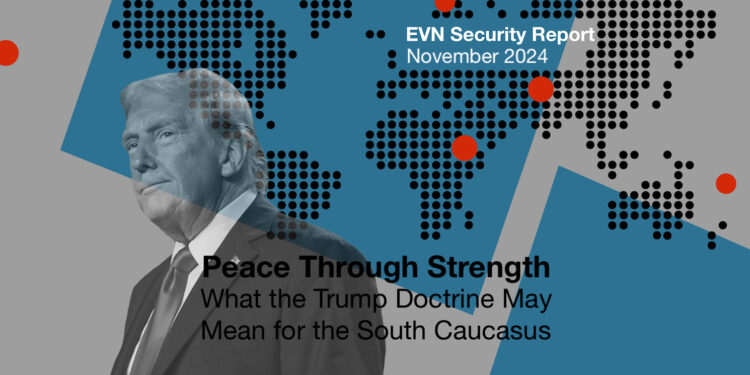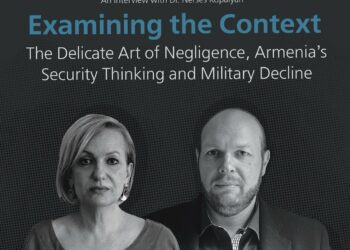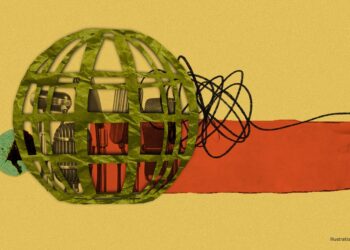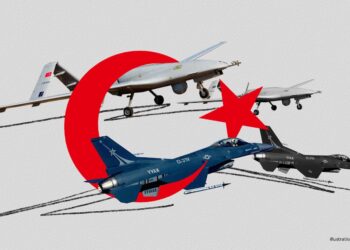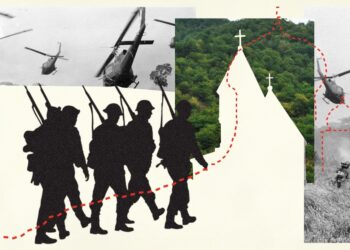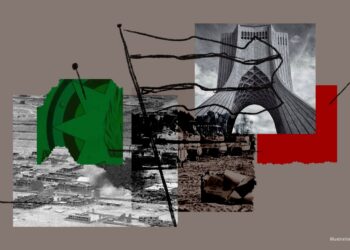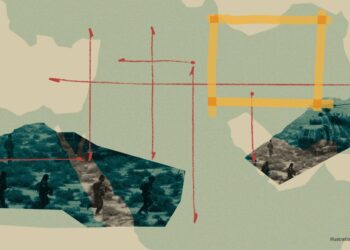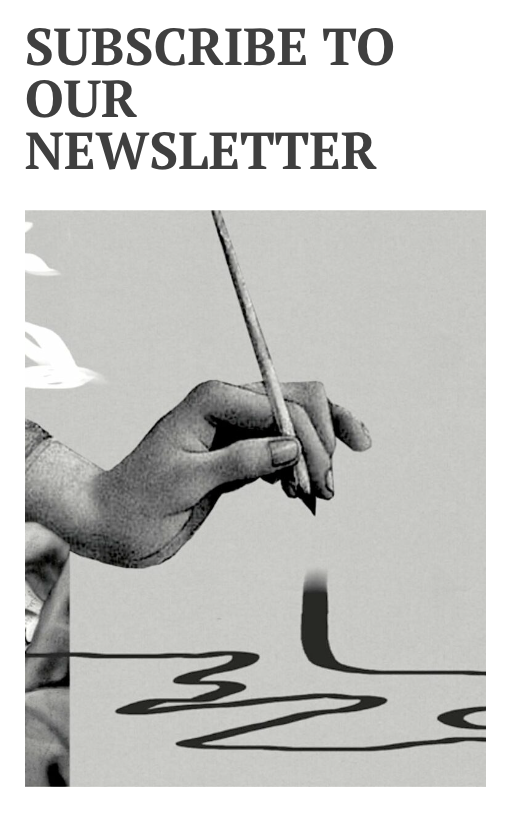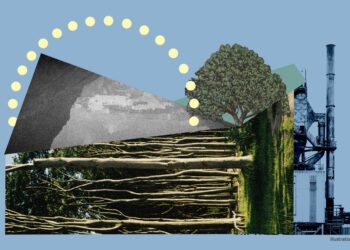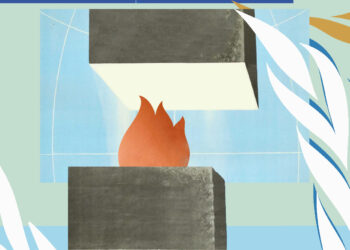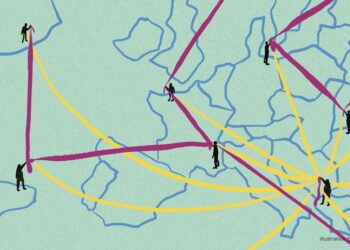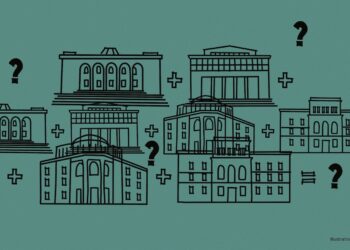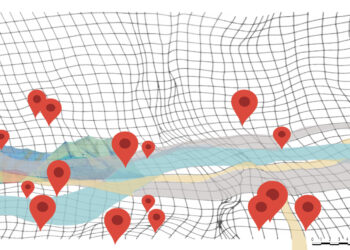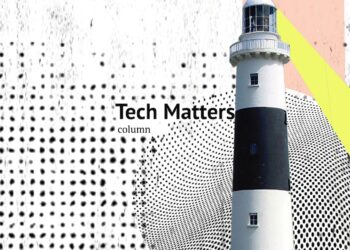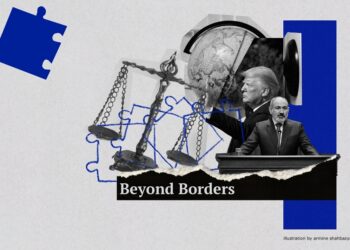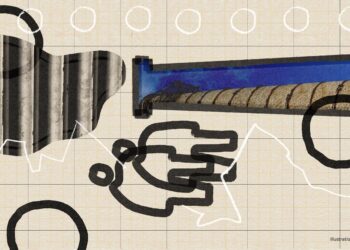EVN Security Report
EVN Security Report: November 2024
Looking at the emerging contours of the Trump Doctrine and its implications for the South Caucasus, Nerses Kopalyan examines competing policy orientations within Trump's incoming administration and how these will shape U.S. engagement with Armenia amid broader global and geopolitical priorities.
Regional
Policy of Intimidation: How Azerbaijan Tricked and Treated Ahead of COP29
Ahead of COP29, Azerbaijan has intensified its repression of dissent, arresting activists and silencing critics to project an image of peace. Rasmus Canbäck examines how Azerbaijan’s “Policy of Intimidation” serves as a tool to stifle internal opposition and manipulate international narratives.
Read moreRevisiting Turkey’s Role in the 2020 Nagorno-Karabakh War
Evidence suggests Turkey’s involvement in the 2020 Nagorno-Karabakh War was pivotal, reshaping Azerbaijan’s military capabilities. Hovhannes Nazaretyan examines Turkey’s military assistance, including advisory support, deployment of Syrian mercenaries, and Bayraktar TB2 drones, revealing Turkey's covert yet substantial role in the conflict.
Read moreAppropriation of Armenian Cultural Heritage of Artsakh
The 2020 war and 2023 military operations in Artsakh have left Armenian cultural heritage vulnerable to destruction and appropriation. Azerbaijan's reclassification of Armenian sites aims to erase Armenian identity, falsify history, and legitimize territorial claims through cultural expropriation.
Read moreTransformations in Western Asia May Begin From Tehran
As the Middle East stands at the crossroads of a potential clash between regional powers, this article explores Iran's complex relationships with Hezbollah, Israel, and Azerbaijan and considers how these dynamics may reshape stability and power across Western Asia.
Read moreIranian Power Challenges Israeli Hubris
The war of attrition being waged by Israel against Iran and its regional allies reflects the rapid shifts taking place, often to Tehran's disadvantage. How is Tehran responding? Tigran Yegavian explains.
Read moreArmenia
How Far Has Armenia Come in Meeting Paris Climate Goals?
Seven years after Armenia ratified the Paris Agreement on climate change, Gor Samvel reviews measures Armenia has taken to implement key provisions of the treaty, focusing on mitigation, adaptation, transparency and compliance, highlighting achievements and areas in need of improvement.
Read moreKey Achievement for Armenia: Milestone Judgment in ICJ Case Against Azerbaijan
The ICJ's recent ruling in Armenia v. Azerbaijan dismissed Azerbaijan’s objections, allowing the case to proceed on claims of racial discrimination under CERD. This landmark decision unfolds against the backdrop of the ongoing humanitarian crisis affecting Armenians from Nagorno-Karabakh.
Read moreArmenia’s Diplomatic Footprint
Armenia's diplomatic footprint reveals its foreign policy goals and challenges: enhancing security, fostering economic ties and amplifying its international presence. Hovhannes Nazaretyan examines how Armenia is positioning itself globally.
Read moreNew Law on Higher Education: Meaningful Reform or Top-Down Policy?
A new Draft Law on Higher Education and Science has ignited public debate in Armenia. While introducing necessary reforms, experts fear certain amendments could threaten the core principles of the higher education system, including academic autonomy, regional equity and free competition.
Read moreRethinking Monument Preservation in Armenia
Armenia is developing policies to inventory, preserve, restore and promote historical monuments, recognizing their economic and cultural value. While progress aligns with sustainable development goals, significant challenges in preservation and management persist.
Read moreModern Challenges of a Capital City, Part 4: Ongoing Transportation Reforms
Public transportation in Yerevan has become a focal point of public frustration and municipal reform efforts in recent years. But can the chaotic and uncomfortable daily commute truly be transformed? Hranoush Dermoyan explores the challenges and prospects.
Read moreColumns
EVN Report’s November 2024 collection of columns presents a rich array of perspectives on diverse topics. From exploring the joy of Thanksgiving to examining the fluid boundaries of identity and responsibility, the columns delve into pressing issues. Other highlights include lessons from the Irish model for tech industry growth in Armenia, an analysis of what a second Trump presidency could mean for the country, and Christopher Atamian’s inaugural column spotlighting artist Meri Karapetyan.
[Art Speak] Christopher Atamian
Meri Karapetyan: Ready for Her Closeup at the Biennale de Lyon
An emerging artist raised in Yerevan, Meri Karapetyan challenges ideas of borders and conflict in her work, reimagining them as transitional spaces. Her large-scale barbed wire installation at the Biennale de Lyon transforms barriers into pathways, inviting new perspectives on division and identity.
Read more[Tech Matters] Raffi Kassarjian
Following the Irish Model
Looking to Ireland’s success, Raffi Kassarjian explores how Armenia can harness its diaspora, invest in education and innovation, and align efforts across sectors to craft a unified strategy for a transformative and impactful national agenda.
Read more[Unleashed] Sheila Paylan
Praise the Fuss
Reflecting on her personal journey from skepticism to embracing gratitude, Sheila Paylan explores the transformative power of thankfulness, the mental health benefits of practicing it daily, and how celebrating Thanksgiving in a community has redefined her perspective on the holiday.
Read more[Beyond Borders] Olesya Vartanyan
What Does a Second Trump Presidency Mean for Armenia?
Donald Trump's return to the U.S. presidency may not bode well for Armenia. Yet, it is a reality beyond its control, demanding clear-eyed pragmatism to preserve and build upon the hard-won partnership cultivated in recent years.
Read more[Outside In] Maria Gunko
They Versus We
In this month’s column, Maria Gunko explores how the pronouns "they" and "we" are used to navigate narratives of destruction, complicity and survival. She examines the shifting boundaries of agency and the struggle for meaning in a post-socialist, post-truth landscape.
Read moreCulture
Rafayel Israelyan, one of the most prolific architects of the Armenian world, left an enduring mark on Armenia’s architectural landscape with his visionary designs that included memorials, fountains, bridges, churches, government buildings, and more. Despite his remarkable contributions, his legacy is underappreciated.
The 8th Festival Week-end à l’Est celebrates contemporary Armenian art through a multidisciplinary program across six venues in Paris. Featuring renowned and emerging artists, the event explores themes of identity, displacement and cultural dialogue, bridging Armenia’s vibrant artistic scene with global audiences.
Fragments of the statue of the Goddess Anahit, on loan from the British Museum, are on display at the History Museum of Armenia until March 2025. Lilit Avagyan traces the remarkable journey of these rare relics, which stand as exceptional testaments to Armenia’s ancient cultural heritage.

